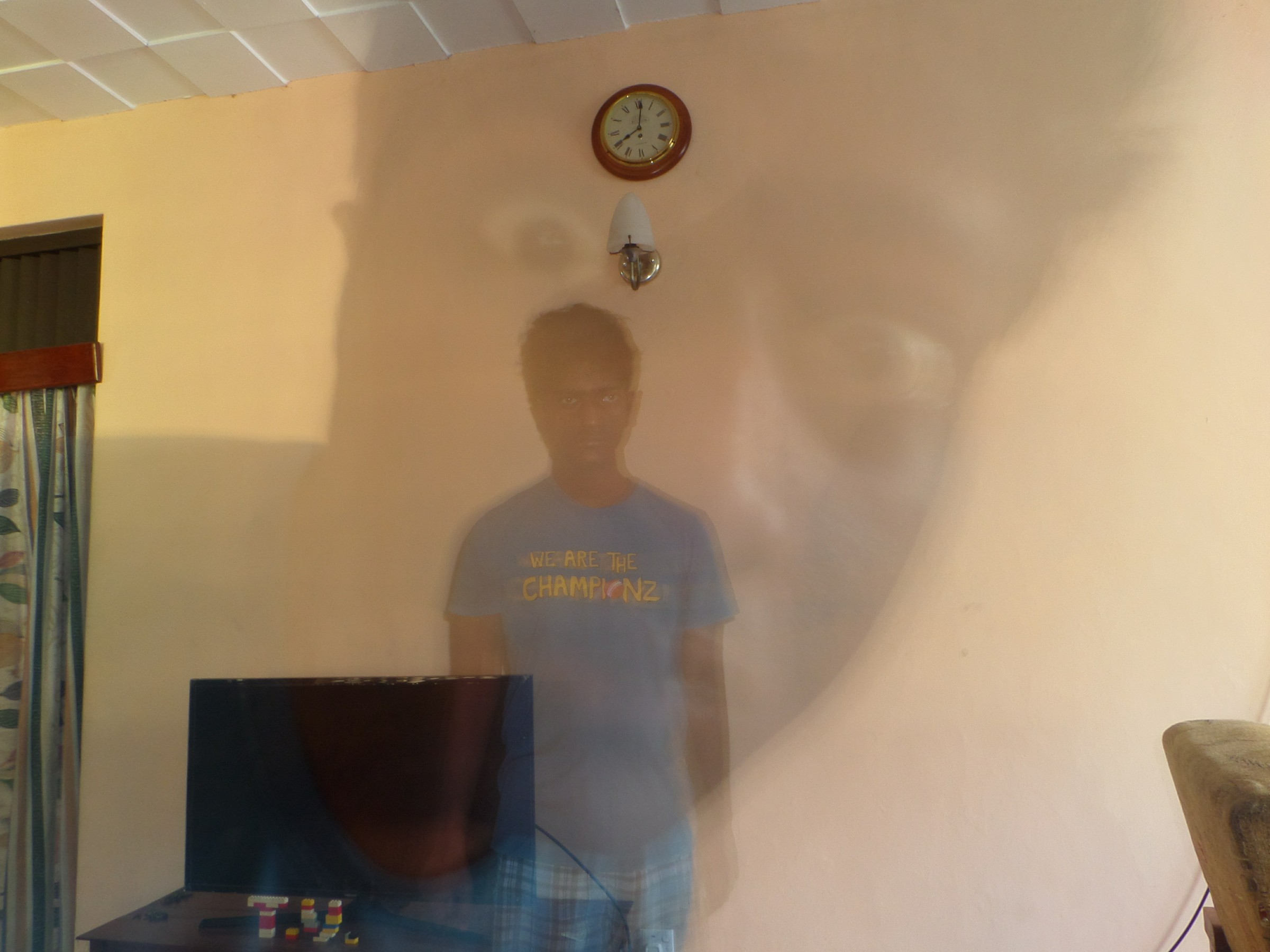I would imagine that the transition between point A (standing there) and point B (close-up) was too fast. A good indicator of this is that you waited for some seconds at point A and then quickly moved to point B to again stand still for some seconds; try to move continually, only stand still at points that should be articulated.
As Ian Lelsie points out in the comments, it would be best to choose an exposure time that is just as long as your transition will take: so if you want to have a clearly visible trail of yourself walking from the left to the right of the frame, and you know that this walk will take you around 4 seconds (in a decent walking speed), then you should choose an exposure time that is about the same (say: 5-6 seconds, perhaps longer if you want some "stationary ghosts" on the way or at the beginning/end).
Another tip, commented by Robin, is to wear clothes that are brighter than your surroundings - or have surroundings that are darker than your clothes. Also, you could use less ambient light and use some light source that is pointed (only) towards you. As light decays with increasing distance to its source, this would work best if the walls/surroundings are further away from you than they are in your picture above.
With a flash and a very dark room (which will not be convenient to get around), you could also do non-photoshopped multiple exposures. That said, it will be safer for you and your furniture to use Photoshop or GIMP and start composing it if that is an option to you.


